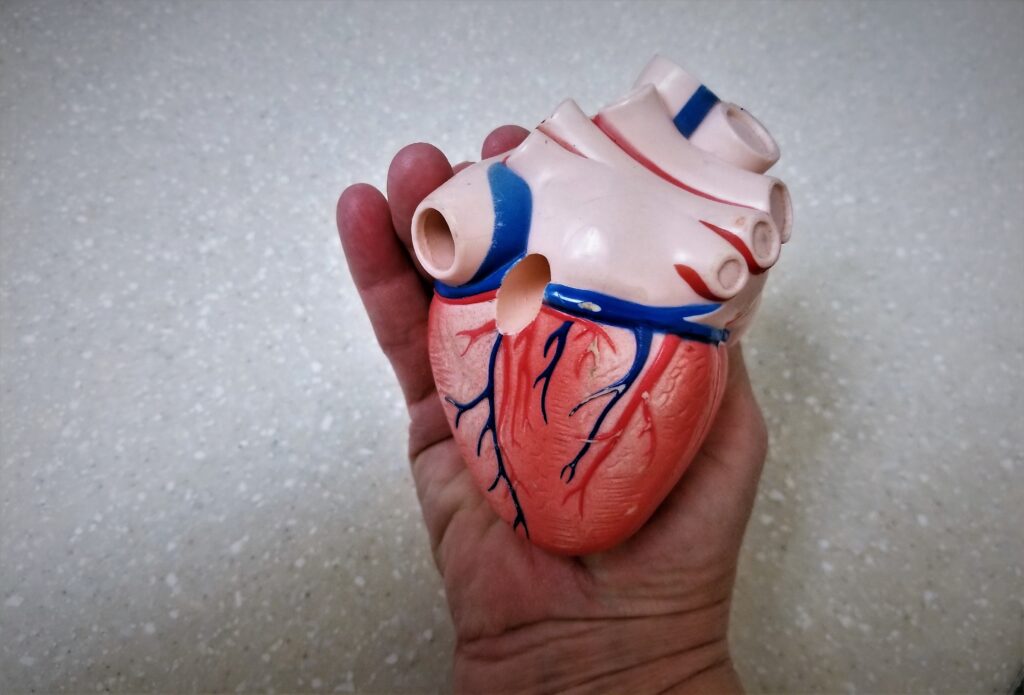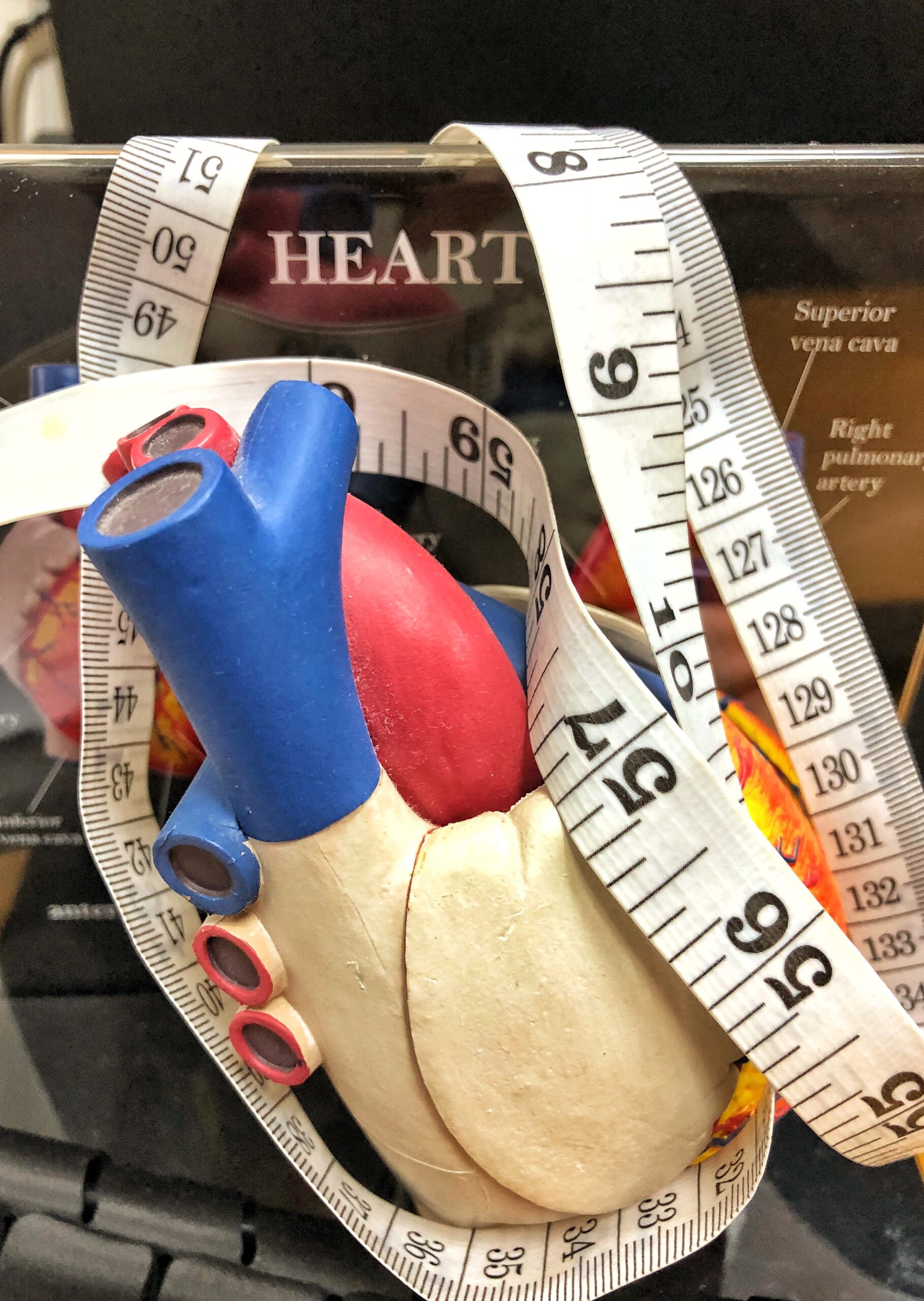Heart conditions and sauna bathing are not typically seen as allies in the overall health and wellness of individuals suffering with heart related conditions. However in recent years reputable research has suggested otherwise.
Groundbreaking research from NIH (National Institute of Health), suggests that regular sauna bathing has positively affected those suffering from high blood pressure, chronic heart failure, ventricular arrhythmia, and atrial fibrillation (AF or AFIB).
Heart rate variability is of great importance for all individuals, including people living with heart related illness, and because of the cooling mechanism of the human body, all forms of heat therapy, including infrared sauna bathing, may positively impact heart health.
Cardiovascular health may be positively improved through regular sauna bathing, and provides a viable means of blood circulation through the heart to those living with atrial fibrillation, a condition that is often exercise prohibitive.
What Is Atrial Fibrillation?
Atrial fibrillation is the abnormal heart rhythm in the upper two chambers of the heart, often described as ‘quivering’, or ‘heart palpitations’. The imbalance between the upper two chambers of the heart and their lower counterpart can cause blood clots. This is where atrial fibrillation can become a very serious threat to one’s health. (1)
Ideally, the heart contracts and relaxes synchronistically between the upper chambers and the lower ones. When this is out of balance, life threatening conditions may arise, so atrial fibrillation must always be treated with diligence under the guidance of a medical professional.

As is the case with many health conditions, atrial fibrillation exists on a spectrum, some cases will arise and return to normal after seven days, while others are more permanent. The more permanent conditions are where the risk for blood clotting may arise. If the blood clots leave the heart and migrate toward the brain then a stroke may occur (atrial fibrillation is responsible for 15%-20% of all strokes). (2)
Many patients living with atrial fibrillation will be put on blood thinners to reduce the risk of blood clotting. There is however another complementary treatment method, now substantiated by reputable research facilities, that suggests that ventricular arrhythmia patients do well with regular sauna bathing, including infrared sauna blankets, dry saunas, and infrared saunas. (4)
What The Research Says About Atrial Fibrillation And Regular Sauna Bathing: Six Case Studies
A journal published by ResearchGate, and authored by twelve medical researchers: ‘Effects of Repeated Sauna Treatment on Ventricular Arrhythmias in Patients With Chronic Heart Failure’ (4) concluded that one hour of infrared sauna bathing five days a week greatly improved heart rate variability, in the group that participated in the sauna use. Both control groups were still actively taking their blood thinning medications, however the group that participated in infrared sauna bathing regularly for just two weeks demonstrated remarkable improvement. (4)
The National Institute of Health cites over five studies using traditional saunas to improve heart health in patients with chronic heart failure, hypertension, and atrial fibrillation. Each study ultimately concluded the same result. Regular sauna bathing improves heart health by passively engaging the cardiovascular system without strenuous exercise. (3)
“Here are the details from Reasearchgates’ study: The aim of the present study was to determine whether repeated 60 degrees C sauna treatment improves cardiac arrhythmias in chronic heart failure (CHF) patients, because ventricular arrhythmias are an important therapeutic target in CHF. Thirty patients (59+/-3 years) with New York Heart Association functional class II or III CHF and at least 200 premature ventricular contractions (PVCs)/24 h assessed by 24-h Holter recordings were studied. They were randomized into sauna-treated (n=20) or non-treated (n=10) groups. The sauna-treated group underwent a 2-week program of a daily 60 degrees C far infrared-ray dry sauna for 15 min, followed by 30 min bed rest with blankets, for 5 days per week. Patients in the non-treated group had bed rest in a temperature-controlled room (24 degrees C) for 45 min. The total numbers of PVCs/24 h in the sauna-treated group decreased compared with the non-treated group [848+/-415 vs 3,097+/-1,033/24 h, p<0.01]. Heart rate variability (SDNN, standard deviation of normal-to-normal beat interval) increased [142+/-10 (n=16) vs 112+/-11 ms (n=8), p<0.05] and plasma brain natriuretic peptide concentrations decreased [229+/-54 vs 419+/-110 pg/ml, p<0.05] in the sauna-treated group compared with the non-treated group. Repeated sauna treatment improves ventricular arrhythmias in patients with CHF.” (4)
The overwhelming conclusion is that ‘repeated sauna treatment improves ventricular arrhythmias’ (4). So what are the mechanics or the interplay between human physiology and regular sauna bathing that produces such positive results on heart health?
The Mechanics Behind Heart Health and Regular Sauna Bathing
Medical research substantiates what many cultures around the world have known for centuries. Regular use of heat therapy improves overall health, but literature is clunky to read at best, and can be difficult to discern for the untrained eye.
The essential reason why sauna bathing, in its many forms, improves conditions related to ventricular fibrillation is that as the internal temperature of the body increases the natural cooling mechanism of the body. This engages the cardiovascular system to improve the steady flow of blood through the upper chambers of the heart and out through the lower chambers in the process of reducing the core temperature.

An easy analogy to imagine is that if a river has little water flowing through it, the fluid that does pass through will have more challenges moving across the rocks of the river bed and may get stuck in small areas to form pools (in the case of heart health blood clots). As water flow is increased, the entire river begins to move with ease. The more the cardiovascular system is engaged, the more blood there is that flows through the heart, thus stabilizing its natural rhythm of contraction and relaxation, therefore reduces the chance of blood clotting.
So, why sauna bathing? The reality is for many individuals living with atrial fibrillation is that exercise is prohibitive, which ultimately leads to less cardiovascular activation. Unlike exercise, sauna bathing does not demand anything of the individual but rather provides a passive means by which to activate the cardiovascular system and thus improve the levels of blood flowing through the heart. This ultimately reduces the risk of blood clotting, the truly serious risk of atrial fibrillation.
Contraindications: Always Consult a Medical Practitioner Before Beginning A Sauna Program
While it is true that the evidence has been accounted for by peer reviewed research on the benefits of regular sauna bathing to a healthy heart, it is always important to consult a medical professional before beginning a sauna treatment program.
It is also important to note that the individuals involved in most of the studies continued with their blood thinning medications alongside their sauna use. If you would like to know more about the individual case studies please read the sources cited for all of the details.
Consider regular sauna therapy as a complementary treatment to atrial fibrillation, or any other disorder affecting ventricular arrhythmia, but be sure to consult with your primary medical practitioner before beginning a sauna program.
Sources Cited:
- https://www.mayoclinic.org/diseases-conditions/atrial-fibrillation/symptoms-causes/syc-20350624
- https://www.heart.org/en/health-topics/atrial-fibrillation/what-is-atrial-fibrillation-afib-or-af
- https://www.ncbi.nlm.nih.gov/pmc/articles/PMC2359619/
- https://www.researchgate.net/publication/8162176_Effects_of_Repeated_Sauna_Treatment_on_Ventricular_Arrhythmias_in_Patients_With_Chronic_Heart_Failure
- https://www.mayoclinicproceedings.org/article/S0025-6196(18)30275-1/fulltext


